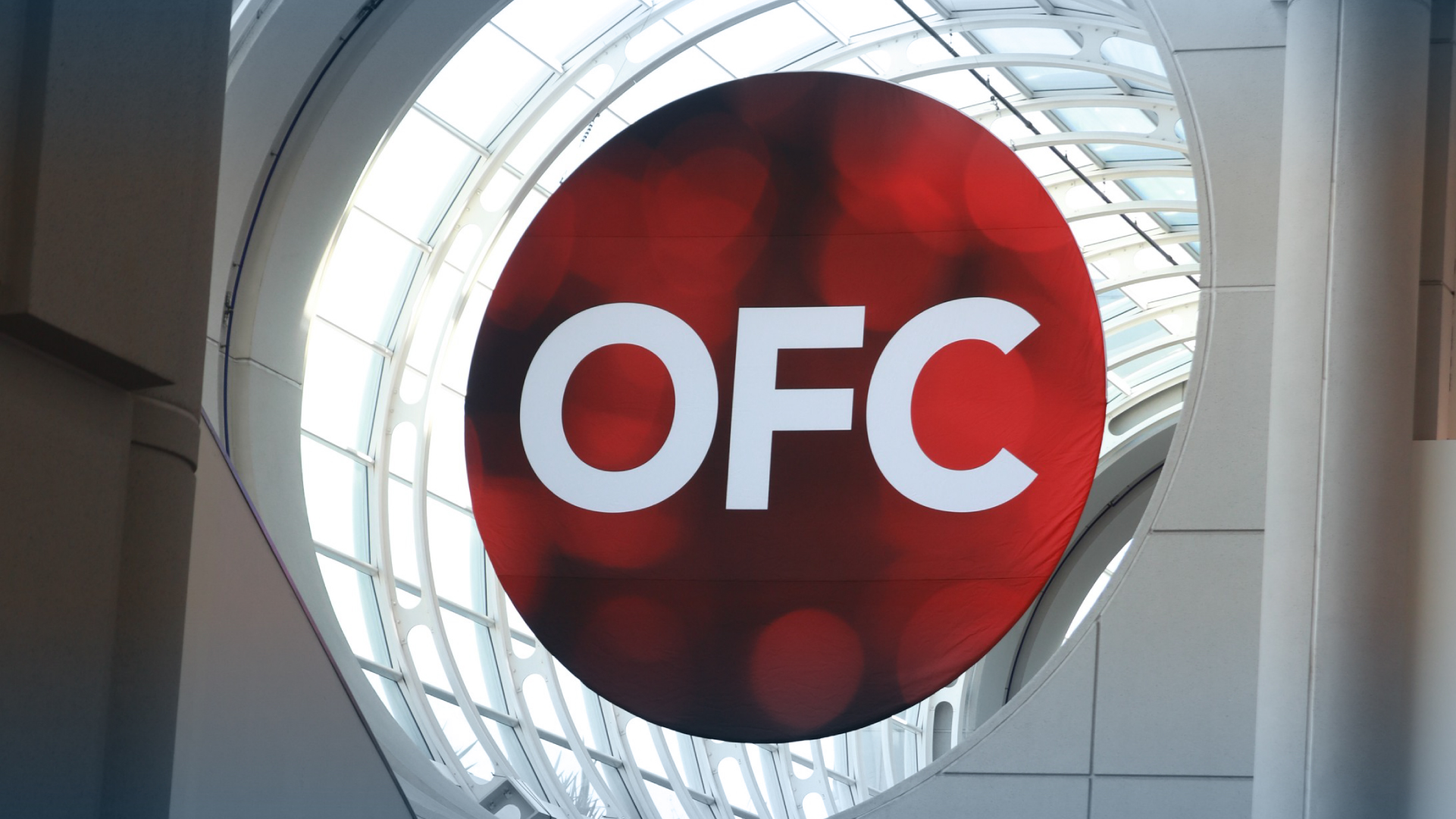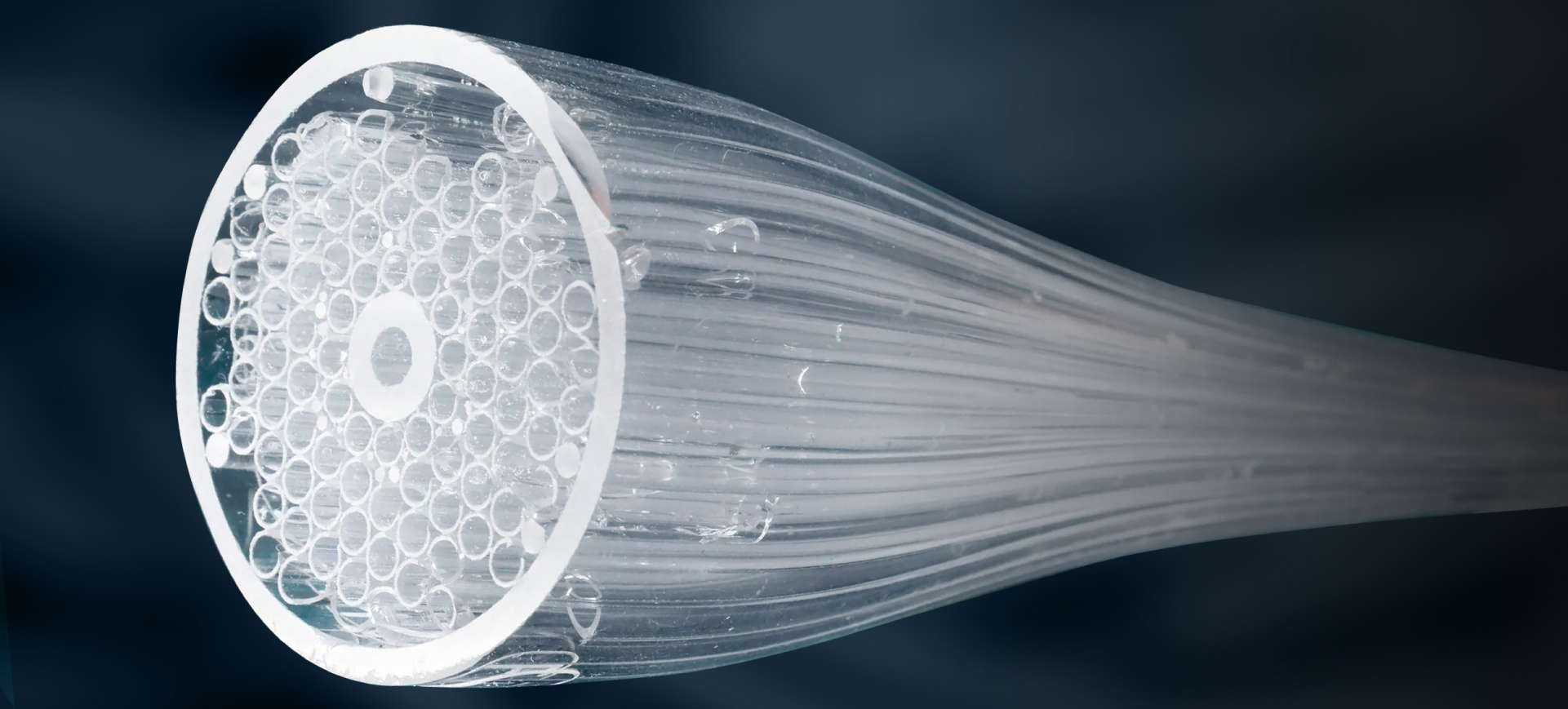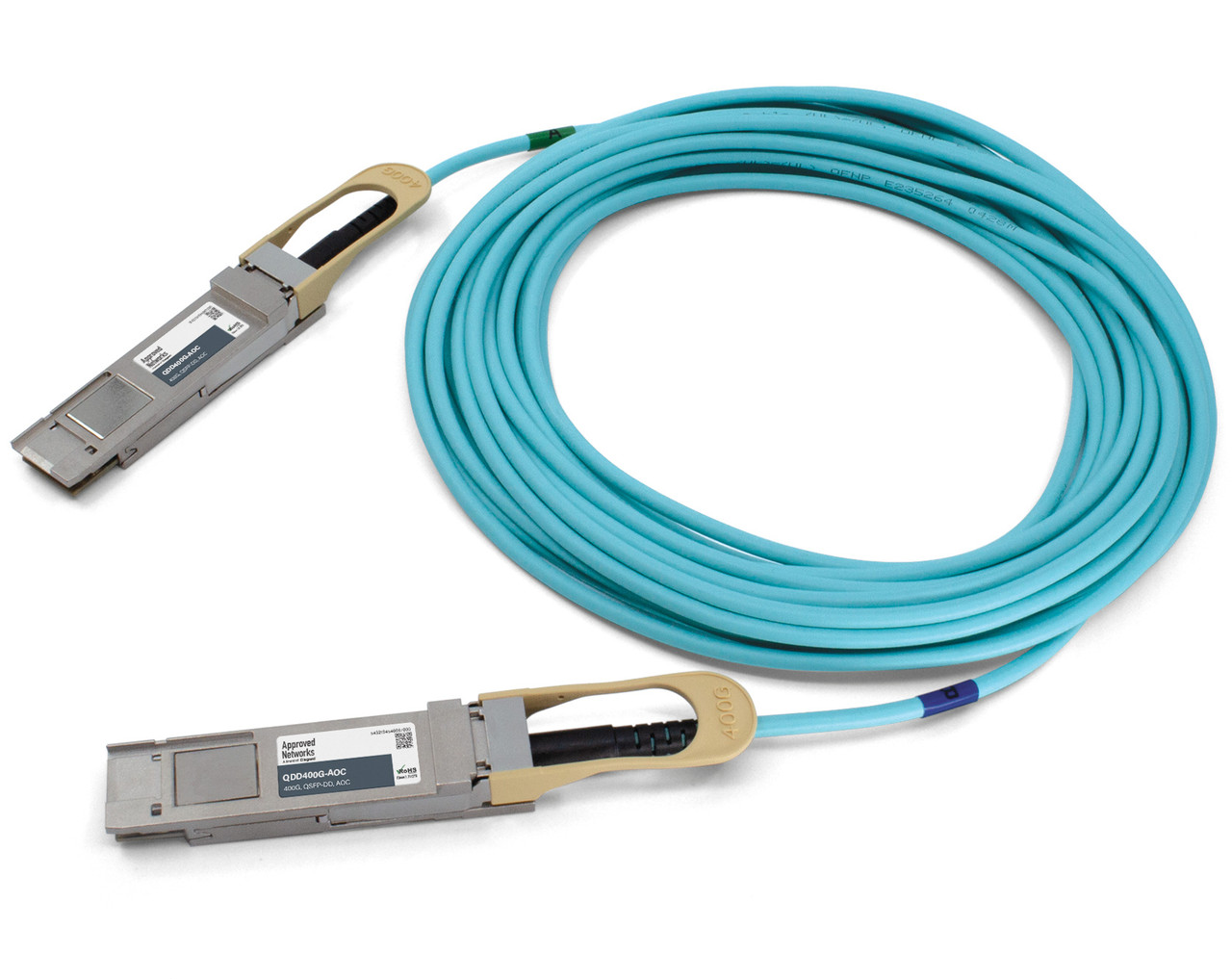A Turning Point of Innovation at OFC 2023
Posted by Tim Yanda on Apr 10, 2023

There was a palpable energy at the 2023 OFC (Optical Fiber Communications) conference in March. Vendors and attendees alike were glad to see sessions and exhibits buzzing. After a global set-back with technological development and manufacturing issues either slowed or paused due to pandemic shutdowns, it is safe to say we are back!
So, what’s all the excitement this year?
- 400ZR / ZR+ / OpenZR+ / 0 dBm ZR products are now more than a wishful thought.
- A work-in-progress remains the interoperation of CMIS 5.0.
- There were displays of the various 400ZR parts working and interoperating with other switch platforms across multiple manufacturers.
- Power consumption and amplification are still matters that need to be addressed.
- Lowering power consumption and improving EDFA options are being worked on to meet the 80km-120km-plus reach.
- It looks like 100G coherent will fill the void being created by the growing need for 400ZR, while some of the aforementioned needs are worked out.
What’s Coming, and What’s Here

800G is a reality — parts and switches are available, though switches are still suffering a lead time issue. While the supply chain flow is improving, it still lags due to demand. (I liken it to a COVID-19 hangover). Data centers will be the early adopters of 800G pluggable technology, and service providers will follow. It is worth noting that 800G is available in both QSFP and OSFP form factors.
There was buzz around 1.2T and 1.6T, and most major manufacturers have roadmaps that will get us there sooner rather than later. In this case, “sooner” is the 2024/2025 timeframe. It is worth mentioning the QSFP MSA now has a roadmap to 1.6T — previously, only OSFP had a clear path to 1.6T.
Working on the More Power = More Heat Problem

There is a lot of work going on to ease power consumption, so now the question is how do you build parts that have reasonable power consumption and heat dissipation? For comparison, the 400ZR family of parts has power consumption hovering around 20 Watts, with a few in the low-to-mid 20-Watt range. The 1.2T and 1.6T development needs to find ways to manage power consumption effectively, and there are several approaches being contemplated. The one that seemed to garner the most attention is the linear drive design approach.
Balancing “Green” and “Power”

“Greenomics” is starting to gain attention — how do we reduce power consumption, improve heat dissipation, and meet increasing demands for a cleaner, greener world?
Offering “green” products and systems is becoming an important, emerging discussion for switch makers, transceiver manufacturers and networks designer, and continues to take on greater meaning in the fiber optic network world. There are no easy answers as technology and being “green” often have different goals and need to work together to understand the balance.
A Standard of Innovation

Other items from OFC 2023 worth mentioning are the ongoing miniaturization and improvement of insertion loss of connectors, as well as the development of hollow core fiber. Although not as glamorous of a topic as 1.6T, these innovations will support the increasing need for better connections and cleaner fiber to support the higher bandwidths.
The supporting infrastructure will take on greater importance as bandwidth increases, and so will the demands on fiber and connectors. It is remarkable that some well-built and well-maintained fiber is decades old yet will support the increasing bandwidth and distance needs of today and in the future.
Conclusion
It is a bright time for the growth of fiber communications, and it feels as though we are in the middle of a turning point. What looks to be a long way off in the distance is beginning to take shape — and most importantly of all, it is being carefully considered and designed to meet goals we’ve only dreamed about in the recent past. So, I look forward to what 2024 OFC has in store. I’m still absorbing the information from outstanding sessions, meetings, and vendor discussions, but I think the “What if?” optimism for the future is pointing us in the right direction.
Related Products



